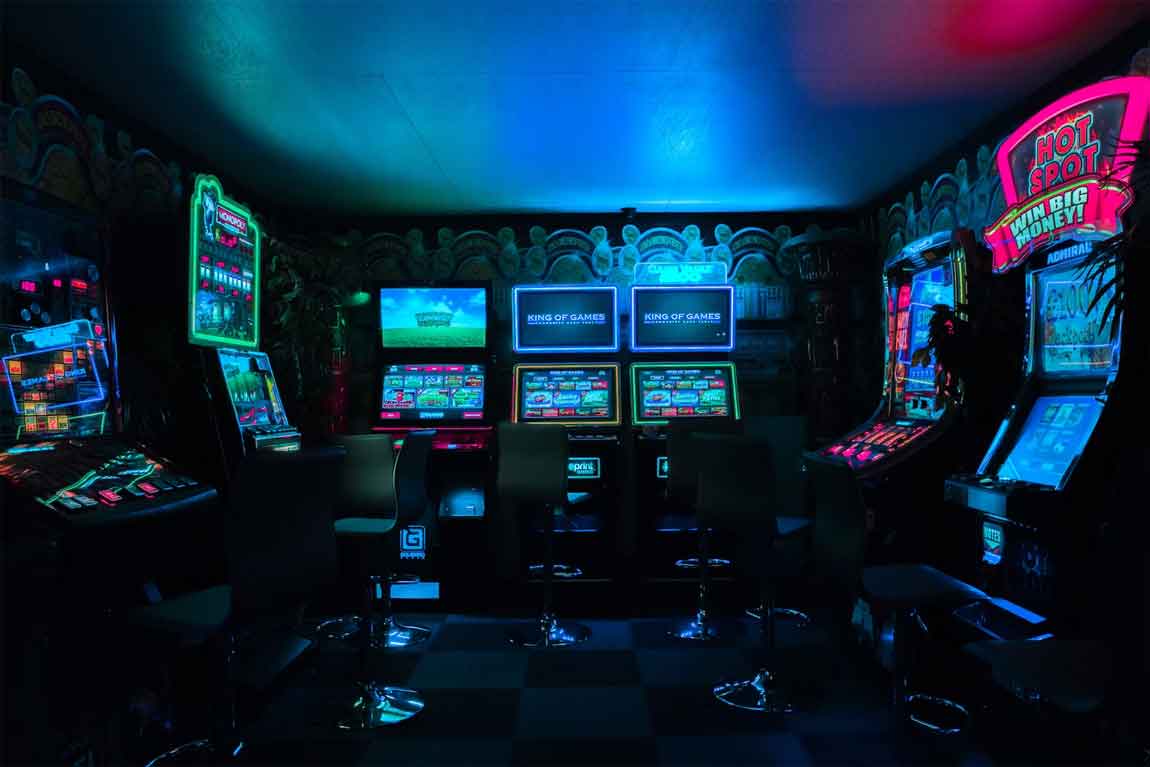6 Reasons Why VR Might Not Be Adopted By The iGaming Industry

The integration of Virtual Reality (VR) into various sectors has been a hot topic for many tech enthusiasts. While the gaming industry has been a prominent player in adopting VR, the iGaming sector seems more tentative.
Despite the tantalizing prospects of immersive VR casinos, several barriers might hinder its full-scale adoption – not least of all because fans already know what they like. Popular options like 32red casino slots have been perfected over years of research and development, and VR may just be too big of a departure from what’s most popular.
High Setup Costs
One of the most daunting challenges facing VR adoption in the iGaming world is the associated costs. Quality VR setups aren’t just about the headsets. There’s also the consideration of motion sensors, specialized controllers, and, in some cases, haptic feedback devices. Then there’s the computing power. To run high-resolution, lag-free VR casino games, players would need a state-of-the-art PC or gaming console.
When you sum up all these costs, the investment can be hefty, pushing VR iGaming out of reach for many casual players. Additionally, as VR technology advances, newer and more expensive models emerge, potentially leading to further costs down the road for keeping one’s setup up-to-date.
Limited Audience
VR has made impressive strides in the gaming sector, yet its reach remains somewhat niche. Not everyone is enticed by the allure of a virtual world, and even among those who are, not all have taken the plunge to invest in VR equipment. As of now, the percentage of iGamers with ready-to-use VR setups remains small, leading to a segmented audience. For developers and iGaming platforms, the question then becomes: is it worth creating and maintaining VR gaming experiences for such a limited player base?
After all, substantial resources, both in terms of money and time, would be needed to produce high-quality VR iGaming content.
Technological Constraints
The promise of VR is immense: a world where players can walk through a virtual casino, sit at a poker table, and interact as if they were there in person. But the reality is still catching up to this vision. Many users report motion sickness after extended VR use, caused by the disparity between what they see and what their bodies feel. The field of view in most VR headsets is still limited, sometimes creating a ‘tunnel vision’ effect that detracts from the immersion.
Furthermore, extended play sessions can be uncomfortable due to the weight and heat of some VR headsets. These technological hurdles present genuine challenges to iGaming platforms, which aim to provide seamless, enjoyable experiences to their users.
Loss of Quick Accessibility
One of the primary advantages of online casinos is the convenience of quickly jumping into a game. VR setups, with their calibration, equipment adjustments, and preparatory stages, can introduce delays that detract from this instantaneous appeal. Mobile casino games, for example, have become massively popular because a player can tap an app and start playing within seconds. Introducing VR might mean waiting for the system to boot up, adjusting the headset for comfort, ensuring controllers are connected, and navigating a more complex user interface.
This process could feel cumbersome for someone wanting a quick game during a break or commuting. Moreover, immersing oneself fully in a VR world might not always be appealing, especially for players looking for a light distraction or quick entertainment fix. The element that could make VR casino gaming incredibly immersive and realistic could also become a barrier for those seeking immediate gratification.
Social Interaction Hurdles
While VR aims to replicate and even enhance real-world interactions, the current technology still falls short of genuine human connection. For many players, iGaming is a social experience, and the potential isolation of VR might not appeal to them.
Regulatory Challenges
The introduction of VR in iGaming can open up a plethora of regulatory challenges. How does one regulate a virtual casino environment? What are the measures for fair play in a VR game? These questions, along with concerns about user data security and age verification, can slow down the adoption process.
While VR undoubtedly offers an enthralling promise of immersive iGaming, the path to its widespread adoption is fraught with challenges. The iGaming industry has always been quick to adopt technologies that enhance user experience, but with VR, it might be a more cautious and measured approach. Only time will tell if these challenges can be overcome or if VR remains a niche within the iGaming world.




















